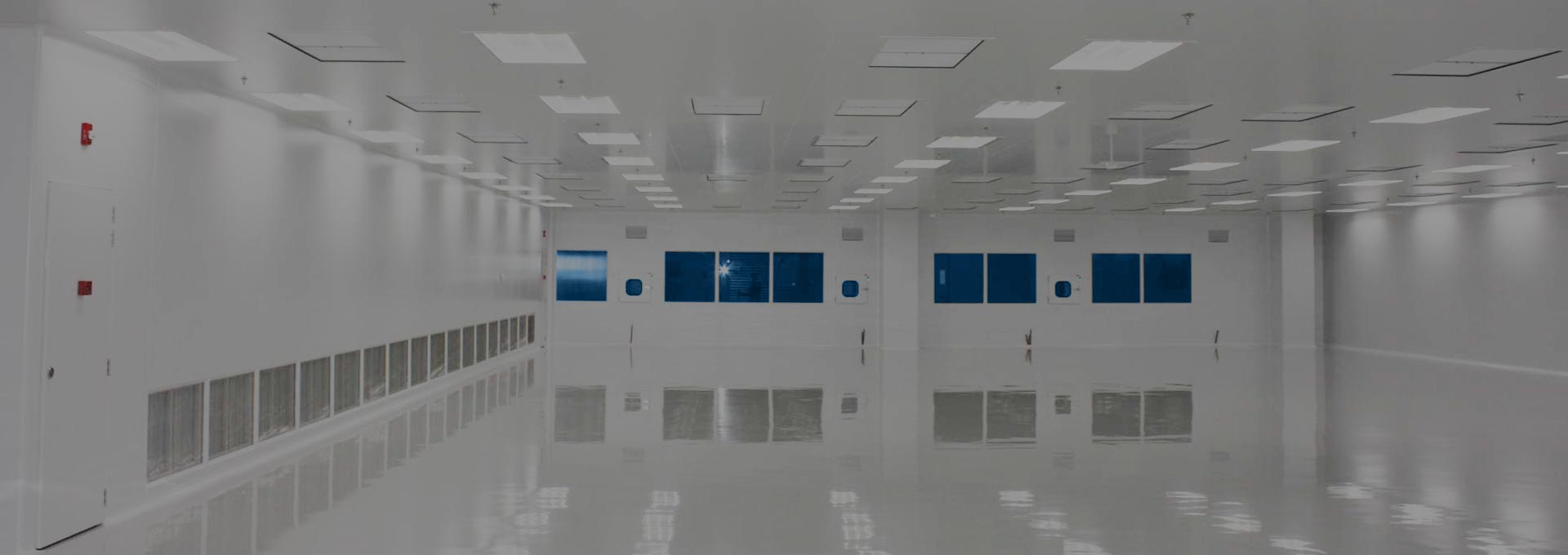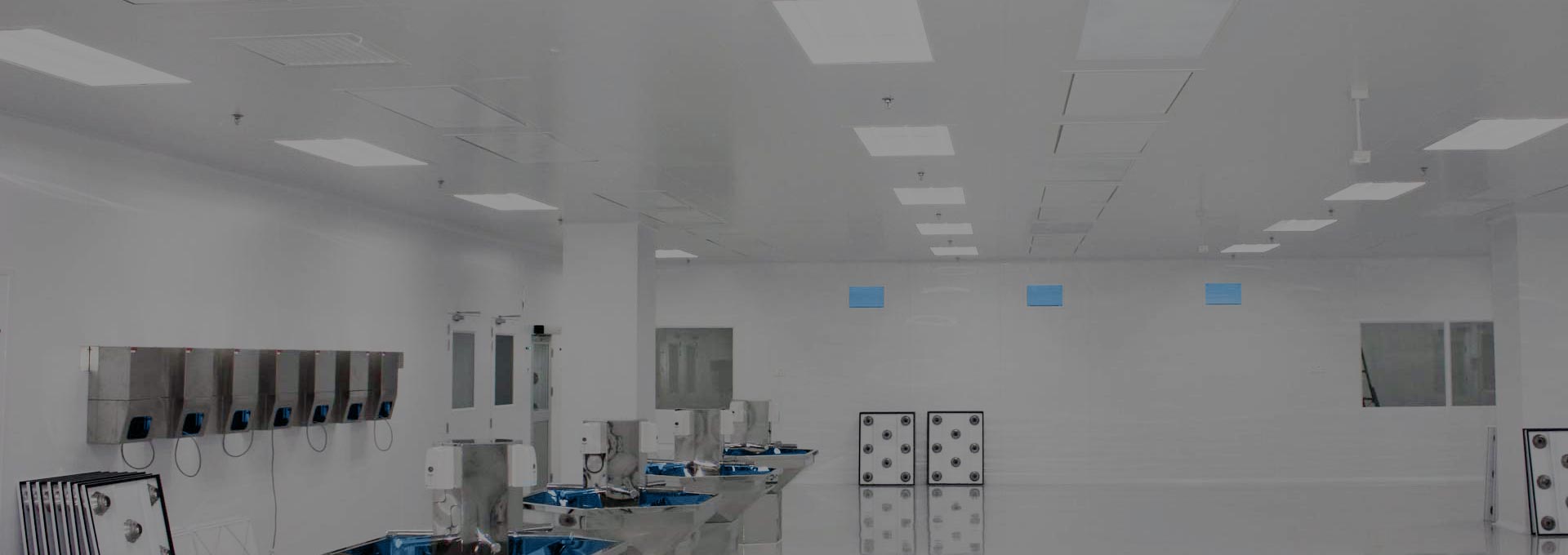While there are discrete steps in the design and construction of a cleanroom, those projects deemed successful incorporate certain practices that promote flow of the construction process toward completion on time and within budget. Proper front end planning is not completed until it results in appropriate values for design parameters; "buy-in" at all levels of management, and clear direction for the design phase. Engineering the cleanroom in accordance with recognized industry practice would produce construction documents that facilitate clear procurement and construction planning as well as a focused, efficient, construction effort. A full return on the energy expended through the construction phase cannot be realized without a well-executed start-up and certification process that provides baseline data for effective operation and maintenance. This paper describes the steps in the cleanroom design/construction undertaking and offers practical suggestions on how to avoid pitfalls along the way.
The steps in the cleanroom construction project include:
- Preliminary Design
- Needs Assessment
- Front End Planning
- Construction Document Development
- Procurement
- Construction
- Start-up and Certification
One of the truisms of the construction industry is that the greatest impact on cost of a facility can be made at the earliest stages of the process. The construction process can be likened to a snowball rolling down a snow-covered hill. It grows and gains momentum, seemingly taking on a life of its own, until it can only be brought under control with a major effort. So too with cleanroom projects begins on a well directed course and moves to a successful conclusion.
Sometimes the special nature of cleanrooms clouds the fact that building a cleanroom is in fact a construction project. A facility engineering team may be tempted to turn away from such projects due to their perceived uniqueness and leave the key decision making to others. In fact it is the construction experience of that team that is most required to keep the project costs under control. The way to accomplish this is for the team to be involved in the process from its earliest stages.
Procurement will be purchasing furnishings and process equipment for the cleanroom as well as overseeing the contracts let to the design and construction professionals. Operations people should have input regarding design parameters such as temperature, humidity, lighting, vibration, cleanliness class, and energy usage. Materials handling people should participate in order to understand the requirement for storing raw materials as well as retrieving and storing finished goods from the cleanroom.
An integral part of the front end planning team should be the design professionals charged with developing a cleanroom design based on client input in such a way as to satisfy as many requirements developed in Needs Assessment as possible. This team may be assembled internally but frequently is drawn from specialty builders, A&E firms and design/build firms active in the cleanroom industry. The team of design professionals should have cleanroom experience of facilities comparable in size and complexity to that being planned as well as extensive experience in construction projects of all types. The design team may offer design only, design/build, procurement, construction management or combinations of these services. This design team should be considered a resource during the front end-planning phase. It is the wise client who takes advantage of the experience of the design team, permitting them a large role as facilitators of the planning sessions.
An appropriate design team will demonstrate expertise in contamination control philosophies, space planning, code compliance, mechanical and electrical design, and will be familiar with materials of construction currently being used in cleanroom projects. It is frequently helpful to include a member of the construction team in the front end planning effort to advise on constructability of the facility being planned. Unrealistic construction schedules will be avoided and field rework will be minimized if appropriate attention is paid to the construction phase early in the planning process.













